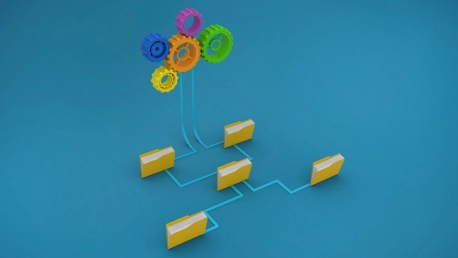In the realm of modern business, data serves as the lifeblood that fuels decision-making and innovation. Yet, as the volume and complexity of enterprise data continue to balloon, organizations find themselves wrestling with a growing financial burden known as the data integration tax. This tax represents the escalating costs associated with the cumbersome task of merging disparate data systems and technologies—a challenge that becomes more daunting with each passing year.
Understanding the Data Integration Tax
The Cost of Complexity
The so-called data integration tax manifests itself primarily through the sheer complexity involved in combining various databases, applications, and enterprise systems. Each integration can be akin to a costly negotiation between incompatible languages and formats, requiring specialized expertise and significant time investment. As businesses adopt more cloud services and data-driven technologies, these costs are not just one-time fees; they represent an ongoing expenditure. The need for constant maintenance and updates compounds the initial cost, creating a financial sinkhole that can drain IT budgets.
The Burden of Maintenance
Amidst the burgeoning IT spending, a notable chunk is consumed by the effort to stay afloat in a sea of data fragmentation. Every new application or data source included in the enterprise ecosystem often requires a bridge to be built to existing systems. These bridges, delicate constructs of code and logic, demand regular upkeep lest they fall into disrepair, leading to data silos or inaccurate reporting. Consequently, businesses are not just paying for the construction of these integrations, but also their ongoing maintenance—a repeating tax that undermines both financial health and operational efficiency.
Strategies to Mitigate Integration Expenditure
Investing in Scalable Architectures
The panacea to the data integration tax lies in forward-thinking strategies that focus on scalable and interoperable architectures. Enterprises should be transitioning away from the patchwork of short-term fixes and towards robust, graph-based data structures that are designed with the future in mind. Such infrastructures are more adept at handling the exponential growth in data and can accommodate the evolving landscapes of both technology and business requirements. Investing in these scalable solutions has the potential to reduce integration demands and costs over the long term.
Embracing AI and Knowledge Graphs
Embracing artificial intelligence (AI) and knowledge graphs can significantly streamline data integration processes. By utilizing AI algorithms, organizations can automate many of the repetitive tasks involved in data integration, reducing the need for manual labor and the likelihood of errors. Knowledge graphs offer a dynamic way to represent and utilize data relationships, making it easier to integrate and manage data from various sources. These innovative approaches can diminish the reliance on intricate, labor-intensive integration work, leading to substantial savings and more agile data infrastructure.









